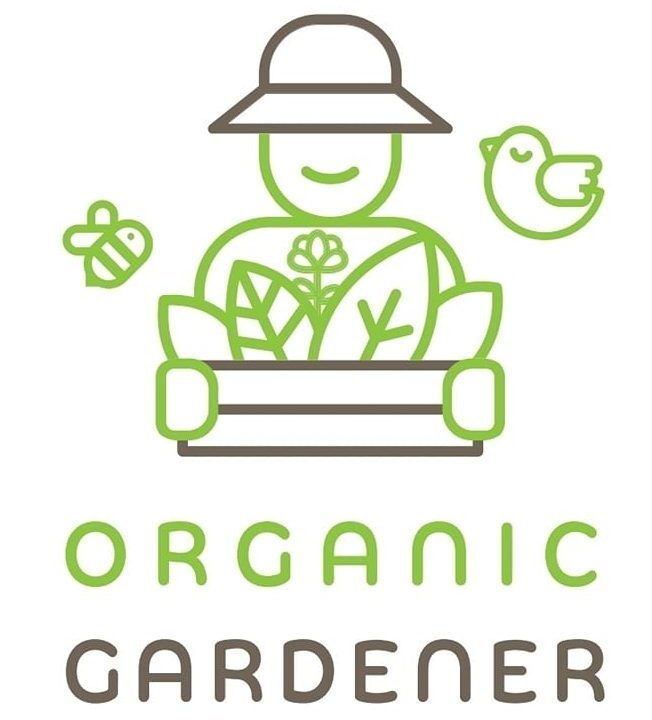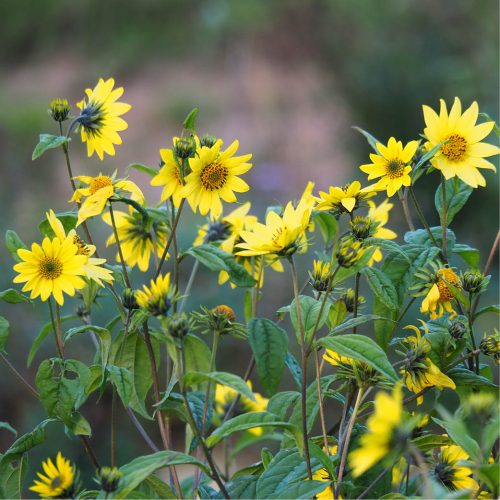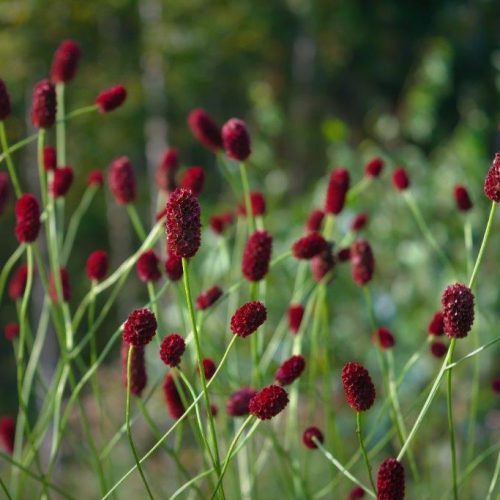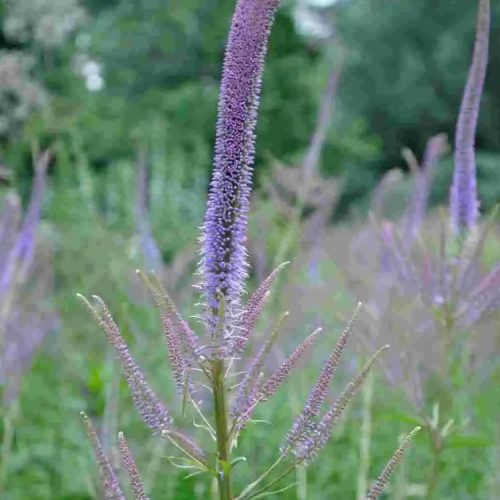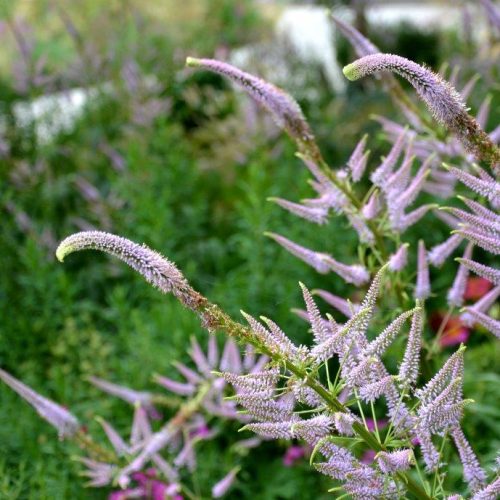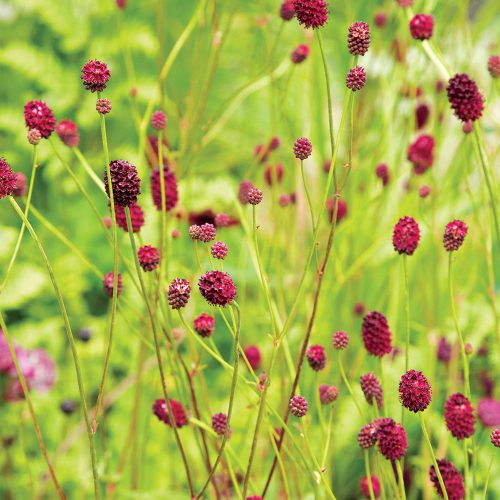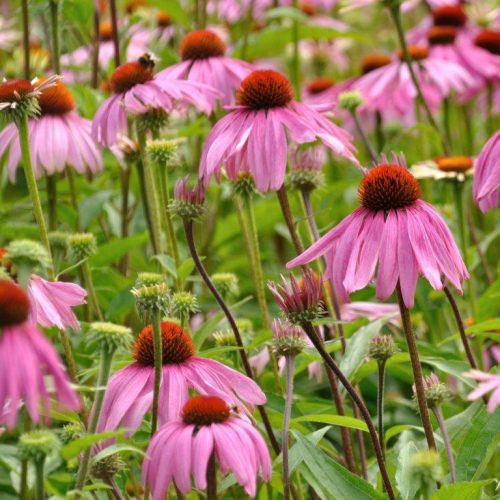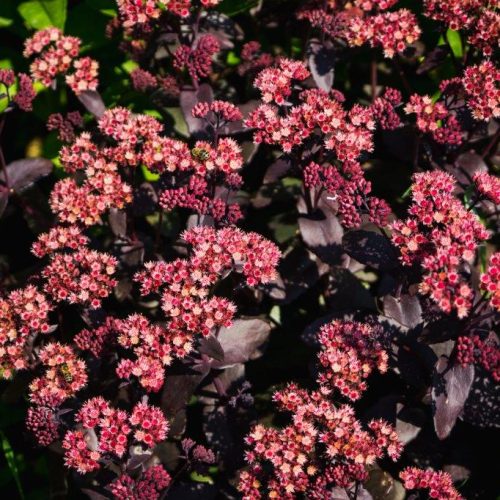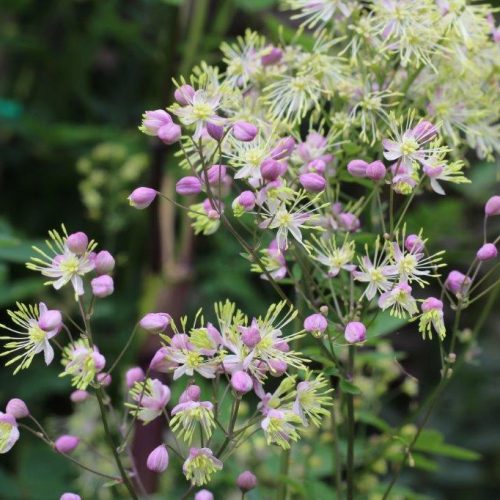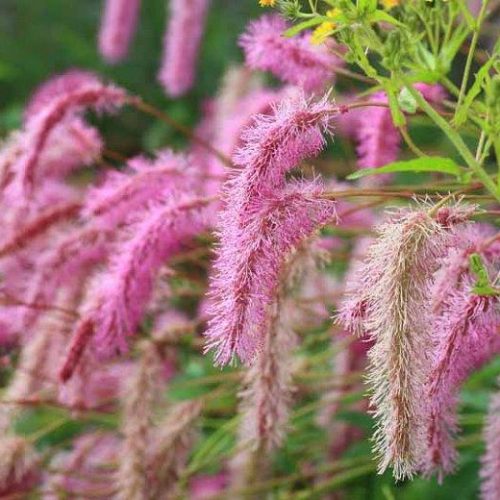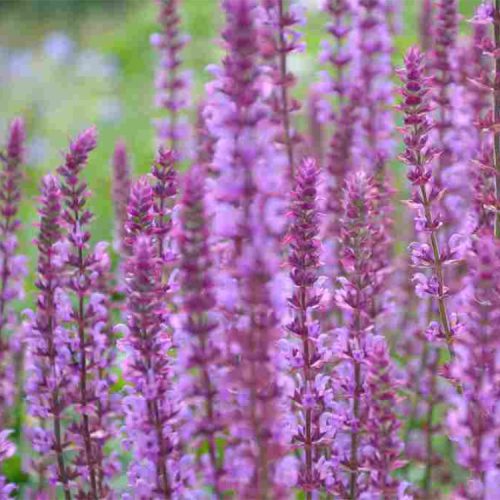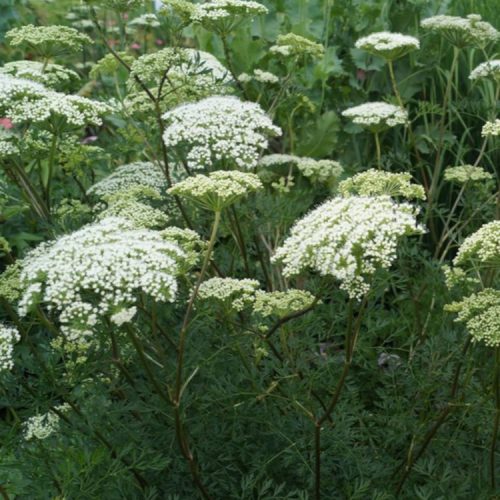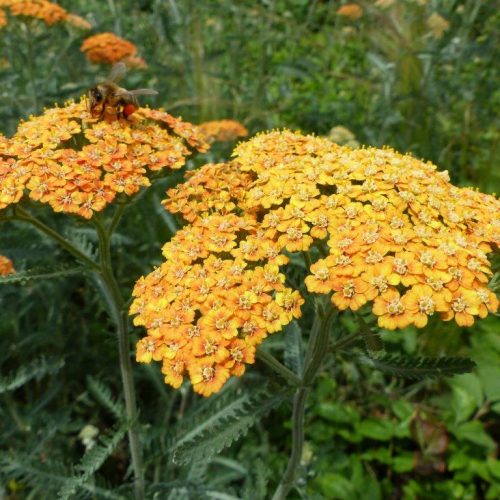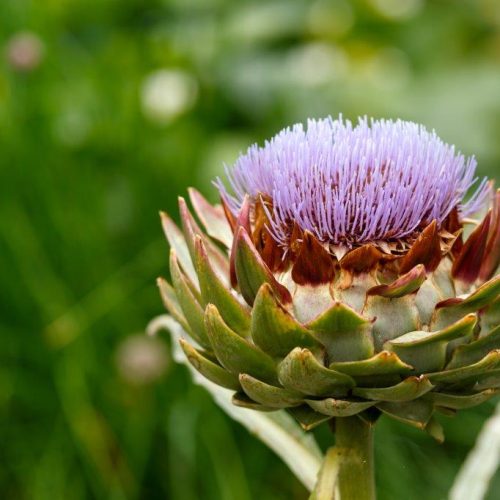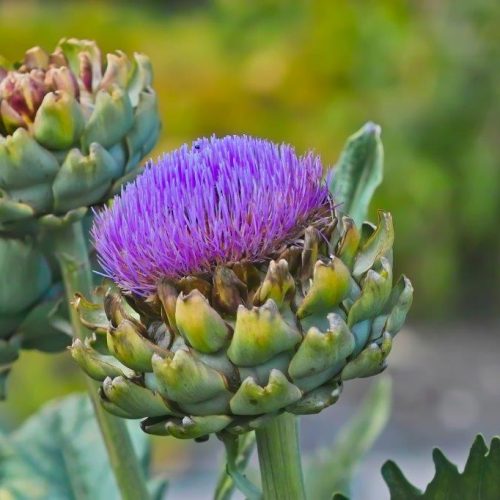Organic & ECO (Bare Root & Potted) Perennials
Our organic and eco-friendly growers cultivate a delightful assortment of Soil Association certified organic and eco-friendly grown bare root perennials and cottage garden plants, which are grown without harmful pesticides and chemical fertilizers. Hence, they will increase biodiversity both while growing and in your garden. Bare root perennials are plants that are sold and shipped without any soil around their roots. Instead, their roots are carefully packaged and wrapped in moist materials to keep them hydrated during transport.
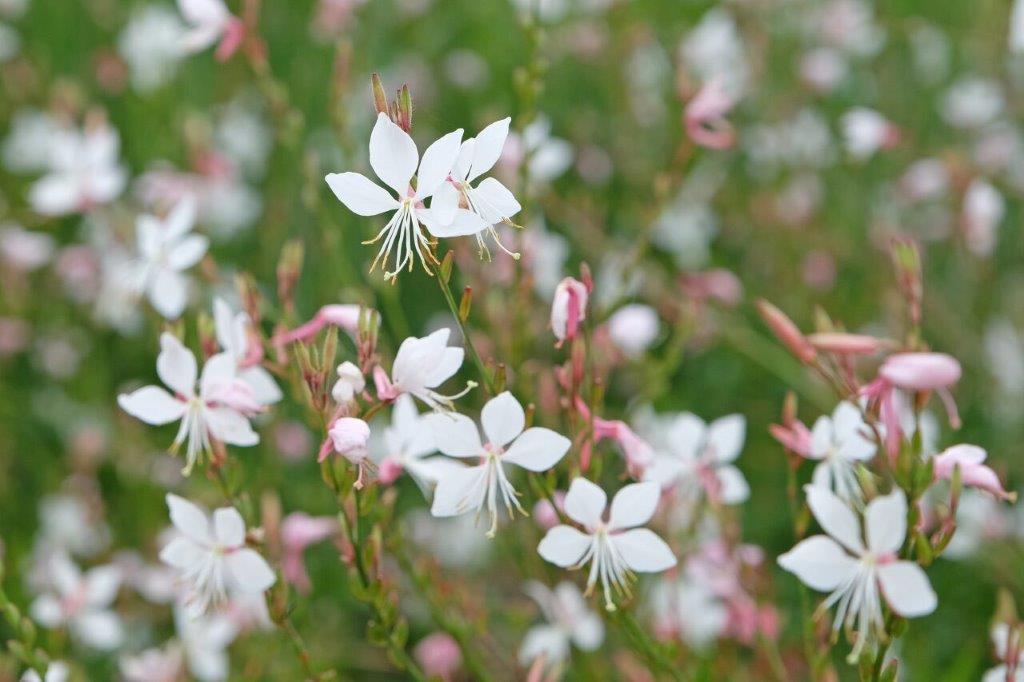
Showing 1–12 of 92 results
-
Original price was: £9,50.£7,95Current price is: £7,95. Select options
-
Original price was: £5,50.£4,50Current price is: £4,50. Select options
Showing 1–12 of 92 results
Organically & Eco-Friendly Grown Bare Root and Potted Perennials
Our bare root perennials are grown without harmful pesticides and chemical fertilizers, in open soil, and are organically or eco-friendly manured. A plant feels most at home in open soil, where it finds its food and slowly grows into a large, strong plant.
This slow growth means that these bare root perennials need less maintenance than normal pot plants and only need to be cut back once a year. Perennials are a low-maintenance alternative to annuals, which are frequently used in garden design.
The plants are grown sustainably, are drought-resistant, and full of nutrients. These nutrients assist plants in developing strong, robust root systems that can survive harsh weather conditions or pests.
They are also perfect for creating beautiful English gardens, as they naturally attract pollinators and create more biodiversity. Perennials, also called “herbaceous perennials”, bloom for several months each year, then die, and regrow year after year. These plants are classified as “perennials” because they come back after a single growing season.
Due to their low maintenance, popularity, and ease of growth, these hardy plants have become very popular in home gardens. With so many unique varieties and sizes available, there’s sure to be a wide selection of plants to match any garden design.
In summary, organically and eco-friendly grown bare root perennials are a cost-effective and easy-to-handle option for gardeners looking to add new plants to their garden and increase biodiversity. They offer several benefits compared to container-grown plants, including lower cost, ease of handling, and improved plant health. When planting bare root perennials, it’s important to keep the roots moist and to select plants that are well-suited to your garden’s growing conditions. By following these guidelines, you can create a beautiful and thriving garden that will bring you years of joy and will create biodiversity for wildlife and many pollinators.
How to Grow Bare Root Perennial Plants
These plants are typically sold during the dormant season, which is usually in the late fall or early spring. Bare root perennials offer several benefits compared to container-grown plants.
Firstly, they are less expensive because they are lighter and easier to ship. Secondly, they are easier to handle because they don’t have any soil around their roots, making them lighter and less messy to transport. Finally, bare root perennials are often healthier than container-grown plants because they have been dug up when they are dormant, which reduces the amount of stress on the plant.
When planting bare root perennials, it’s important to make sure that the roots are kept moist at all times. Before planting, soak the roots in a bucket of water for a few hours to rehydrate them. Then, dig a hole that is deep enough to accommodate the roots without bending or breaking them. Make sure the hole is wide enough to allow the roots to spread out, but not so wide that the plant will be unstable in the ground. Once the plant is in the ground, water it well to help settle the soil around the roots.
Some popular types of bare root perennials include salvia, sanguisorba, helianthus and ornamental grasses. When choosing bare root perennials, it’s important to consider the specific growing conditions of your garden. Some plants prefer full sun, while others prefer shade. Some plants prefer moist soil, while others prefer dry soil. By selecting plants that are well-suited to your garden’s conditions, you’ll be able to create a beautiful and healthy garden that will thrive for years to come.
